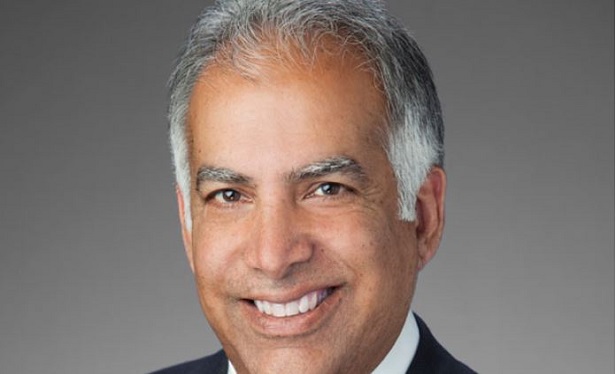
NEW ORLEANS, LA–Here's a stat that will make landlords think twice about the type of restaurant they bring to their mall: They can capture 12% more sales revenue and 35 extra minutes of time in the mall from people who stop and eat versus people who don't, according to Naveen Jaggi, president of Retail Advisory Services for JLL. “That's a pretty big chunk of time and money when you compound it over thousands of shoppers,” he says.
To be sure, it is generally known that creating a compelling food offering within a shopping center has benefits. The challenge has always been that there is no one-size fits all solution, Jaggi says.
JLL drives that point home with the release of its Global Food Trends report at ICSC's Food for Thought conference. It scoured the global for the “weirdest, most wonderful and prophetic innovations in foodservice,” it said — and it found a lot. Fortunately for us, JLL shortlisted the trends it believes landlords and restaurateurs should watch this year in its report.
Where Is Big Data?
Before we get to those, JLL makes an interesting point in its report: there are trends that did not make the cut because they are currently under-developed in the foodservice industry. One, unfortunately, is Big Data; unfortunately because landlords and operators who know their customers and the trends shaping their behaviors will be best placed to benefit from these changes, JLL says.
There are some early adopters such as the US chicken chain Dickeys, which has developed a system called Smoke Stack. It analyzes the restaurants' data streams to provide real-time feedback.
The future of the foodservice sector is bright, JLL says, but as it advances it will need to apply greater rigor and science to planning and executing strategies.
JLL Identifies 5 Trends
The Experience Economy
Here is where eating will collide with art, gaming, technology or theater with an increased use of virtual and augmented reality. US spending dedicated to experiences has increased 70% as compared to 30 years ago, and today nearly 80% of millennials would choose to spend money on an experience or event over buying an object. Consumers increasingly look to experience something that others can't, JLL notes. Expect consumers to seek new twists on premium products and exclusivity, such as the use of virtual reality, JLL says. Immersive or visually impressive experiences will capture consumers' scarcest resource, which is their time.
Conveni-Tech
Tech innovation has come to the foodservice industry. Meal delivery has grown 25% in the last three years and is expected to grow 14% by 2020 as consumers expect quick, quality food at the snap of their fingers. Expect to see delivery driver access, short-term parking, delivery-specific menus and customer review management to become increasingly important, JLL says. Another tech-related innovation: Orderscape has developed a food-ordering chatbot that works through Alexa in over 140,000 locations in the US.
The Youniverse Consumer
With the rise of social media, what consumers do and eat has become an form of self-expression — today people characterize themselves by what they eat. 'Gourmet', 'Michelin', 'Street Food', 'Vegan' are not just buzz words, they help define a lifestyle. Going forward, expect design and marketing initiatives to encourage social media engagement as chefs serve up headline dishes.
An Unlocked Supply Chain
From 2007 to 2017, the number of US farmers markets grew by 100%, reaching 9,000 markets. The rise of consuming locally has been fueled by consumers' demands for authenticity and curiosity. These concerns extend from sustainable consumption to supporting small business, and are driven by a sense of pride, eco-preservation or convenience. JLL predicts that traditional retail boundaries will continue to blur as suppliers sell directly to the public, and restaurants grow their own in-house ingredients.
Purpose and Profit Come Together
Consumers are increasingly aware of the negative impact that consumption has on the planet. Around one-third of food produced for human consumption is wasted. As a result, governments, businesses and customers alike have started to push for a change in how we use our resources. Consumers are connected to brands with social or environmental value — indeed more than two-thirds of people want brands to help them make a difference in the world.
© Touchpoint Markets, All Rights Reserved. Request academic re-use from www.copyright.com. All other uses, submit a request to [email protected]. For more inforrmation visit Asset & Logo Licensing.







